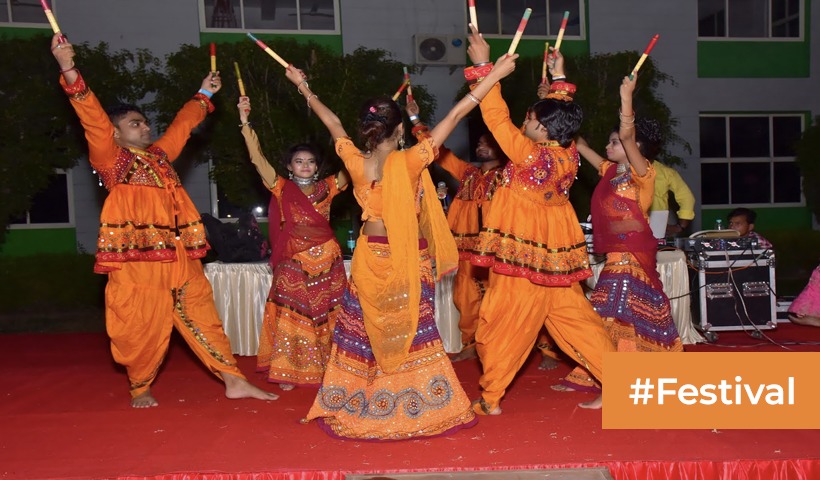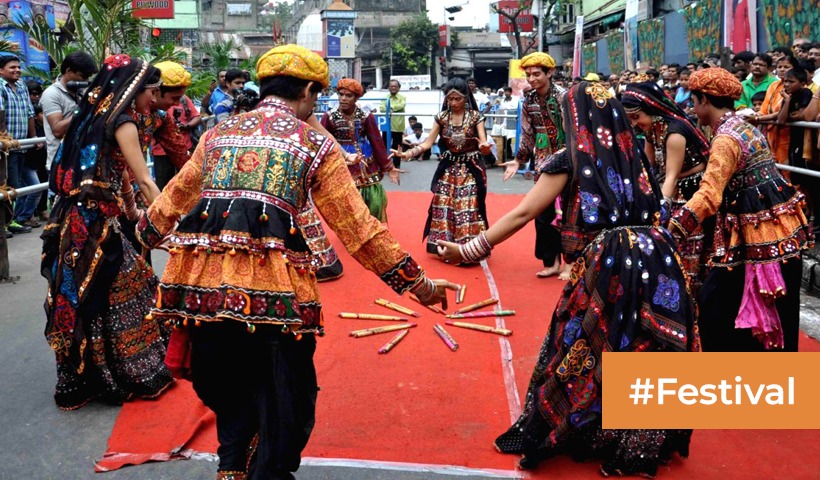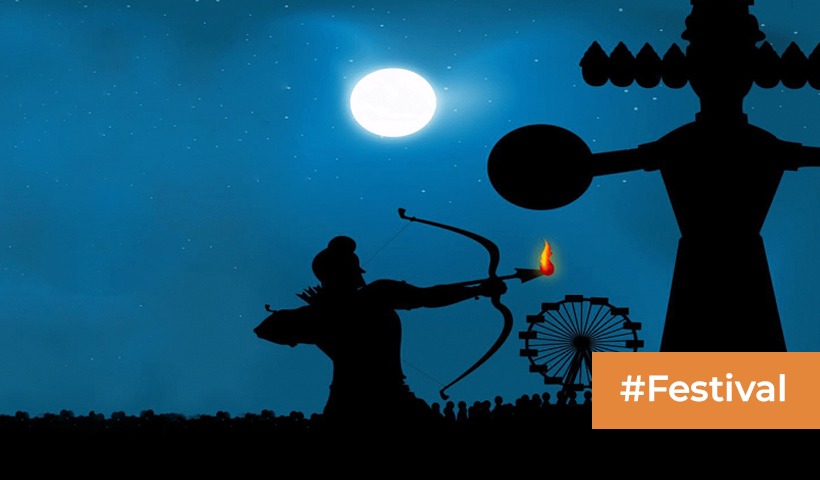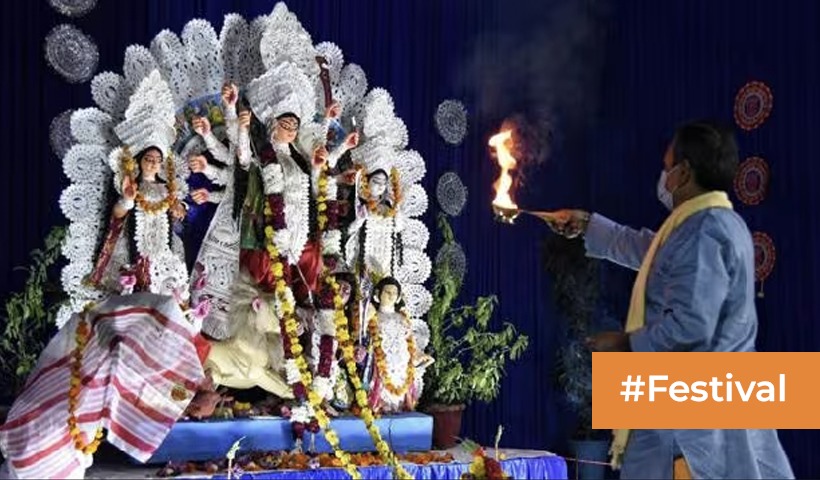Dussehra at Home: Embracing Tradition and Togetherness!
Dussehra, also known as Vijayadashami, is one of India’s most significant and vibrant festivals. While elaborate processions and grand community celebrations are part of the festivities, celebrating Dussehra at home holds a special place in the hearts of many families. It is a time for traditions, rituals, togetherness, and a deep sense of spirituality. In this blog, we’ll explore the charm and essence of celebrating Dussehra in the comfort of your home.
Part 1: Preparations and Decorations
1.1 Cleaning and Renovation: Dussehra is a time for cleaning and renovating homes, symbolizing the removal of impurities and the welcoming of positive energy. Many people consider it an auspicious occasion to start new projects or investments.
1.2 Rangoli and Decor: Homes are adorned with colorful rangoli designs at the entrance. These intricate patterns, made with vibrant powders, rice, or flower petals, create a welcoming and aesthetically pleasing atmosphere.
Part 2: Puja and Worship
2.1 The Ghatsthapana Ritual: Many households perform the Ghatsthapana ritual at the beginning of Navaratri, symbolizing the installation of a sacred pot (ghat). The pot is filled with holy water, and a sapling is planted in it. This pot is worshipped daily during the festival.
2.2 The Navaratri Fast: Some families observe a fast during Navaratri, consuming only vegetarian meals and refraining from consuming alcohol or non-vegetarian food. Fasting is often accompanied by morning and evening prayers.
2.3 Saraswati Puja: On the eighth day of Navaratri, Saraswati Puja is performed, especially in the eastern parts of India. It’s a time to honor the goddess of knowledge and arts.
Part 3: Dussehra Day
3.1 Traditional Attire: On Dussehra, family members dress in traditional attire. It’s a time to put on your finest clothes and jewelry, adding to the festive spirit.
3.2 Offering Prayers: In the evening, families gather for the Dussehra puja, offering prayers to Lord Rama and other deities. The recitation of the Ramayana or Ramlila is a common practice during this time.
3.3 Lighting the Lamps: The lighting of oil lamps or diyas is an essential part of the celebration, symbolizing the victory of light over darkness.
Part 4: Cultural and Artistic Expressions
4.1 Storytelling and Ramlila: Many families engage in storytelling, narrating the story of Lord Rama’s victory over Ravana. Some communities organize Ramlila performances or watch televised versions of the epic.
4.2 Crafts and Artwork: Dussehra is a great time for children and adults to engage in craft activities, creating artwork related to the festival.
Part 5: Special Feasting
5.1 Traditional Delicacies: No Indian festival is complete without a feast. Families prepare and savor traditional dishes like Puran Poli, Chana Masala, and Shrikhand, along with an array of sweets and snacks.
5.2 Sharing with Neighbors: Dussehra is also a time for sharing homemade treats and sweets with neighbors and friends, reinforcing bonds within the community.
Celebrating Dussehra at home is a beautiful blend of tradition, spirituality, and togetherness. It’s a time for family members to come together, share stories, offer prayers, and create cherished memories. The festival not only strengthens the bond within families but also fosters a sense of community as neighbors share sweets and greetings. In the warmth of home and amidst the embrace of family, Dussehra is a time of reflection, devotion, and the celebration of good prevailing over evil.
Disclaimer: The views expressed above are for informational purposes only based on industry reports and related news stories. PropertyPistol does not guarantee the accuracy, completeness, or reliability of the information and shall not be held responsible for any action taken based on the published information.




